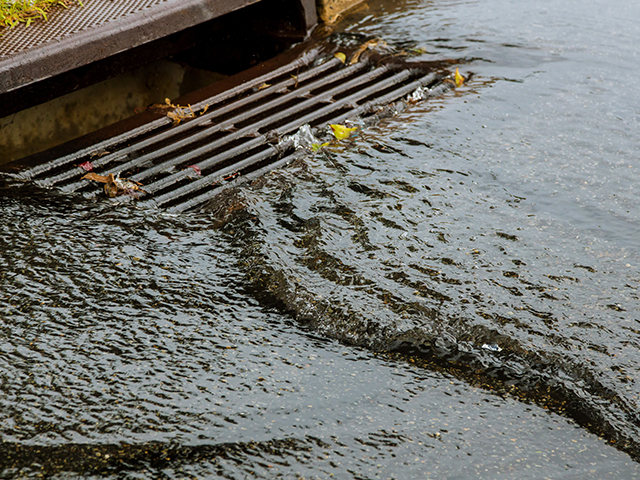Stormwater Management Program
The FAMU Stormwater Management Program aims to eliminate pollution resulting from stormwater discharges. FAMU uses a variety of 'Best Management Practices' (BMPs) to ensure that runoff from FAMU property and construction sites, as well as impervious areas such as paved streets, parking lots, and building rooftops, do not adversely affect water quality.
What Is Stormwater?
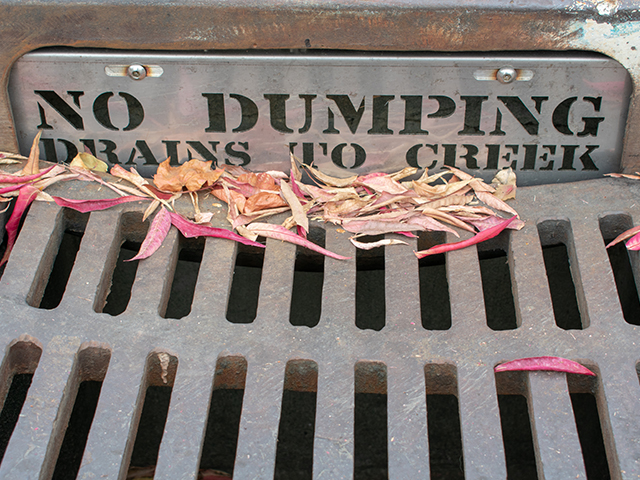
- Stormwater typically comes from rainfall and is collected by storm drains, then discharged untreated into our lakes, streams, and underground drinking water,
with pollutants collected along the way.
Polluted water can cause severe health problems to humans and aquatic life.
Solutions for Stormwater Pollution: Best Management Practices
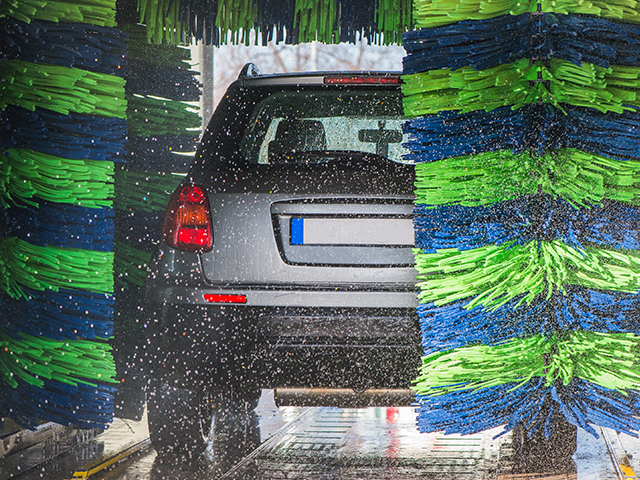
1. Using a car wash to clean your car.
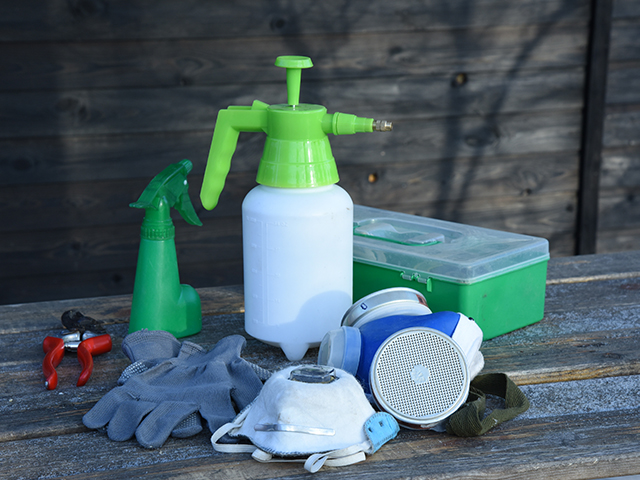
2. Using alternatives to pesticides.
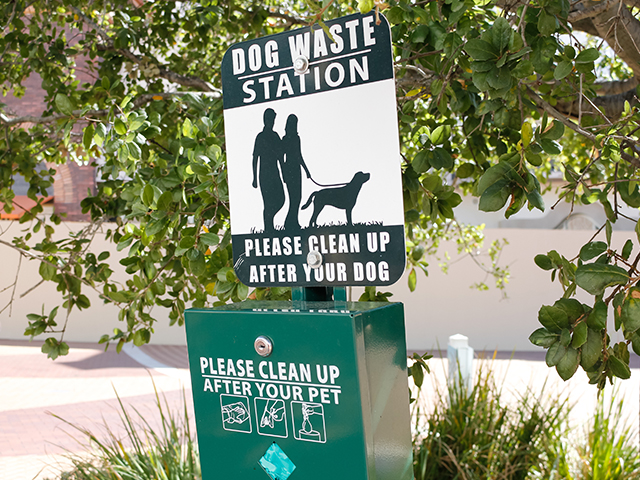
3. Scooping the Pet poop. Pet poop is potential pollution.
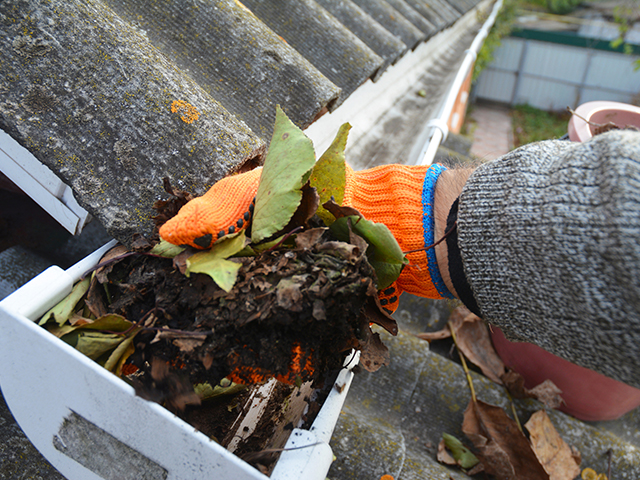
4. Keeping litter, leaves, and debris out of street gutters and drains. These outlets drain directly to lakes, streams, rivers, and wetlands.
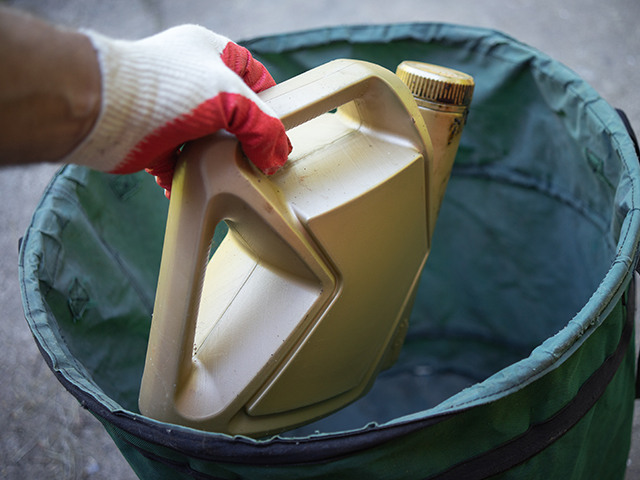
5. Disposing of used motor oil at a collection center; do not place in household waste!
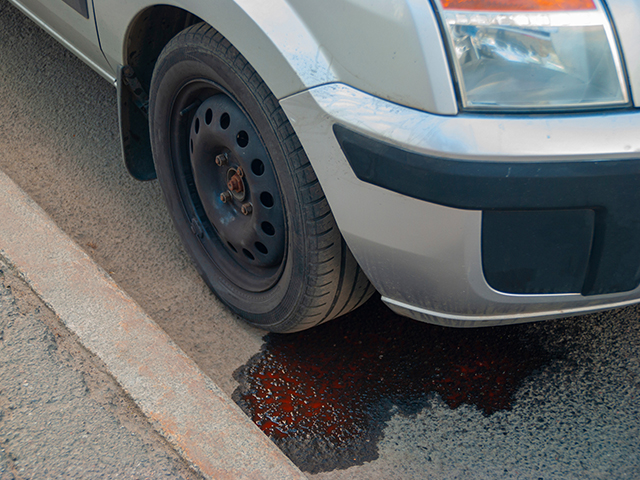
6. Fixing oil leaks in your vehicles.




